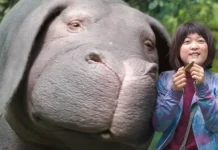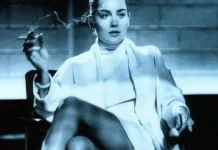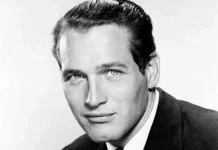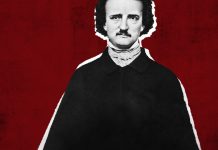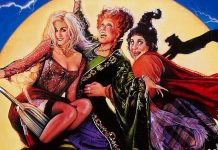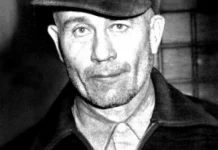For everyone she has always been “Liz”. Liz Taylor with purple eyes, Liz with many husbands, Liz the immortal … Liz Taylor has been a myth throughout her life.
This woman with a magnetic gaze, with those blue eyes that sometimes really took on shades of purple, was the dream of many men like Marilyn.
Unlike the blonde myth, however, Liz Taylor had that real woman air, sparkling, intelligent and crafty. Quite the opposite of the “happy goose” that characterized many films in the sixties. She had those “Latin” curves that – under her very American face – looked fabulous, and she was good at acting , also a characteristic of a few of her at that time.
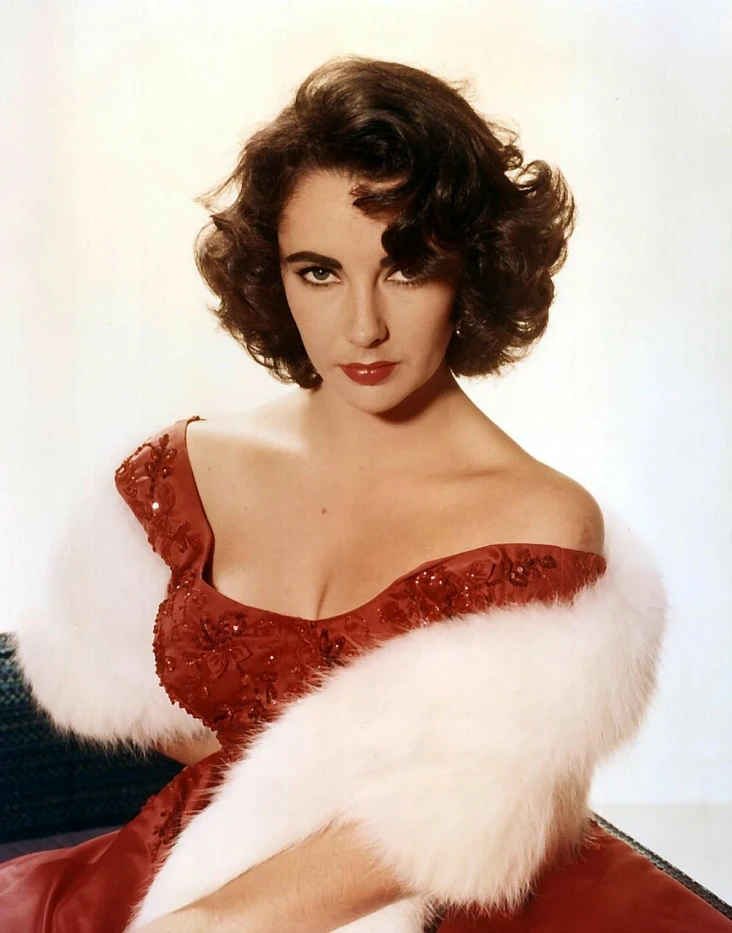
Summary
- From London to Hollywood
- Fun fact: Liz Taylor eyes
- Elizabeth Taylor Success and Marriages
- Elizabeth, a myth forever
- Film Elizabeth Taylor
From London to Hollywood
Elizabeth Taylor was born in London on February 27, 1932 , of American parents from Kansas and immediately had dual citizenship. When England entered World War II, the Taylor family returned to the United States, settling in Los Angeles where Elizabeth’s maternal relatives lived. As a young girl, therefore, Liz grew up in the cradle of the “American dream”, in that Los Angeles that was increasingly identifying with Hollywood.
As a teenager I began to appear in several films , pushed by her mother who had seen her dream as an actress shattered. Initially Liz she hated the set, but after the success of the film “Little Women” (1949) in which she played the beautiful Amy, things changed. Elizabeth Taylor was increasingly in demand and I learned to adapt to that life of a star.
The consecration arrived in 1950 with the leading role in the film “The father of the bride”.
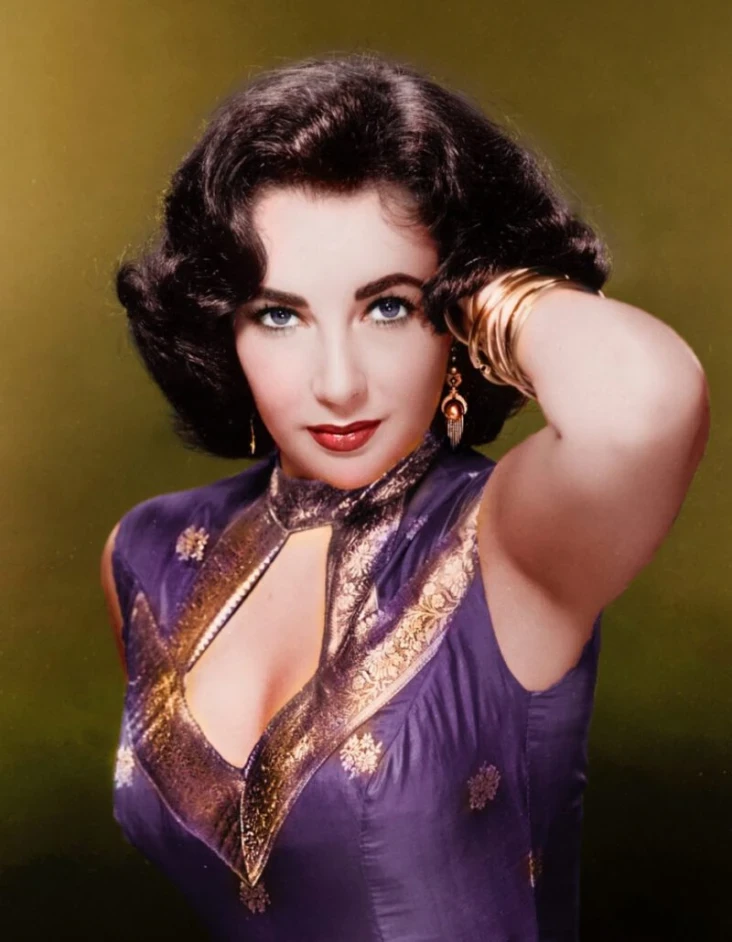
Fun fact: Liz Taylor eyes
Liz Taylor’s eyes were blue in color , but her irises had enough melanin that, with the right makeup, made her eyes appear a different color, namely purple. In fact, Liz Taylor had the same amount of melanin as a person with blue eyes, but with a bleached base that was placed in a middle way between gray and blue, which obviously leads to purple. The ability to absorb light obviously also contributes to determining the color of the eyes.
Liz Taylor understood this strength of hers and enhanced it with make-up and earrings.
Elizabeth Taylor Success and Marriages
Just six years after that blockbuster, here’s another sensational role for the beautiful Liz. She co-starred in Rock Hudson in “The Giant” with a masterful interpretation she will become one of the most famous actresses in the world. That film will be followed by: “The Cat on a Hot Tin Roof”, “The Tree of Life”, “Cleopatra”, “The Taming of the Shrew” and dozens of other titles that made her an absolute star. Between one film engagement and another, even the love life of the beautiful Elizabeth resembled a movie.
I married Conrad Hilton in 1950, but the marriage lasted only one year. She later married actor Michael Wilding in 1952 but divorced five years later. Then it was the turn of Michael Todd (1957-1958), Eddie Fischer (1959-1962), John Werner, Larry Fortensky. But Richard Burton was her true great love of hers. The husband in 1964 and the marriage lasted ten years. After the divorce, Liz and Rick were married again but the union lasted just another year. Their loving relationship never quite ended, however.
Elizabeth, a myth forever
Liz Taylor had three children : two with Wilding, Michael junior and Christopher, and a daughter with Michael Todd, named Elizabeth Frances.
He retired from the stage in the eighties, but I still continued to do theater for another ten years. In 2000 his health conditions worsened due to some heart diseases, which did not allow him to be at the top.
From 2006 until the year of his death, there were constant death announcements and denials. Elizabeth Taylor actually died on March 23, 2011 .
Today his grave is located at the Forest Lawn Memorial in Los Angeles, but his life will never be forgotten, as well as his films, some of which have entered the history of cinema.
Film Elizabeth Taylor
What are Liz Taylor’s films? Here is her entire filmography:
- There’s One Born Every Minute, regia di Harold Young (1942)
- Come home, Lassie! (Lassie Come Home), by Fred M. Wilcox (1943)
- The Forbidden Gate (Jane Eyre), directed by Robert Stevenson (1943) – uncredited
- The White Cliffs of Dover, by Clarence Brown (1944) – uncredited
- Grand Prix (National Velvet), directed by Clarence Brown (1944)
- Courage of Lassie, by Fred M. Wilcox (1946)
- Life with Father, by Michael Curtiz (1947)
- Cinzia (Cynthia), directed by Robert Z. Leonard (1947)
- So Are Women (A Date with Judy), by Richard Thorpe (1948)
- The Imprudent Beauty (Julia Misbehaves), by Jack Conway (1948)
- Little Women, by Mervyn LeRoy (1949)
- High Betrayal (Conspirator), by Victor Saville (1949)
- The Big Hangover, by Norman Krasna (1950)
- Father of the Bride, by Vincente Minnelli (1950)
- Father’s Little Dividend, by Vincente Minnelli (1951)
- A Place in the Sun, by George Stevens (1951)
- Whither goest thou? (Where You Go), Royal Di Mervyn LeRoy (1951) – not accredited
- Callaway Went Thataway, directed by Melvin Frank and Norman Panama (1951) – uncredited cameo
- Love Is Better Than Ever, by Stanley Donen (1952)
- Ivanhoe, regia di Richard Thorpe (1952)
- Vita inquieta (The Girl Who Had Everything), regia di Richard Thorpe (1953)
- Rhapsody (Rhapsody), regia di Charles Vidor (1954)
- Elephant Walk, directed by William Dieterle (1954)
- Lord Brummell (Beau Brummell), regia di Curtis Bernhardt (1954)
- The Last Time I Saw Paris, by Richard Brooks (1954)
- Giant, by George Stevens (1956)
- The Tree of Life (Raintree County), by Edward Dmytryk (1957)
- Cat on a Hot Tin Roof, by Richard Brooks (1958)
- Suddenly, Last Summer, directed by Joseph L. Mankiewicz (1959)
- Scent of Mystery, directed by Jack Cardiff (1960) – uncredited
- Venus in Mink (Butterfield 8), directed by Daniel Mann (1960)
- Cleopatra, regia di Joseph L. Mankiewicz (1963)
- International Hotel (The V.I.P.s), regia di Anthony Asquith (1963)
- The Sandpiper, directed by Vincent Minnelli (1965)
- Who’s Afraid of Virginia Woolf? (Who’s Afraid of Virginia Woolf?), By Mike Nichols (1966)
- The Taming of the Shrew, directed by Franco Zeffirelli (1967)
- Doctor Faustus, by Richard Burton and Nevill Coghill (1967)
- Reflections in a Golden Eye, by John Huston (1967)
- The Comedians, by Peter Glenville (1967)
- Boom, directed by Joseph Losey (1968)
- Secret Ceremony, directed by Joseph Losey (1968)
- Anne of the Thousand Days, directed by Charles Jarrott (1969) – uncredited
- The Only Game in Town, directed by George Stevens (1970)
- X, y & “Zi” (Zee and Co.), regia di Brian G. Hutton (1972)
- Under Milk Wood (Under Milk Wood), regia di Andrew Sinclair (1972)
- A face of c … (Hammersmith Is Out), directed by Peter Ustinov (1972)
- Night Watch, directed by Brian G. Hutton (1973)
- Ash Wednesday, by Larry Peerce (1973)
- Identikit, directed by Giuseppe Patroni Griffi (1974)
- Once Upon a Time in Hollywood (That’s Entertainment!), By Jack Haley Jr. (1974)
- The Blue Bird, directed by George Cukor (1976)
- Gigi (A Little Night Music), regia di Harold Prince (1977)
- Rebus per un assassinio (Winter Kills), directed by William Richert (1979) – uncredited
- The Mirror Crack’d, directed by Guy Hamilton (1980)
- The Young Toscanini, directed by Franco Zeffirelli (1988)
- I Flintstones (The Flintstones), regia di Brian Levant (1994)

